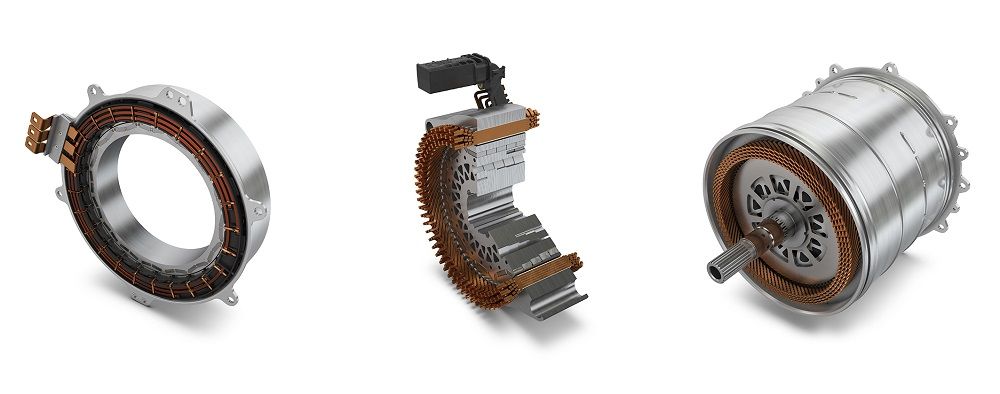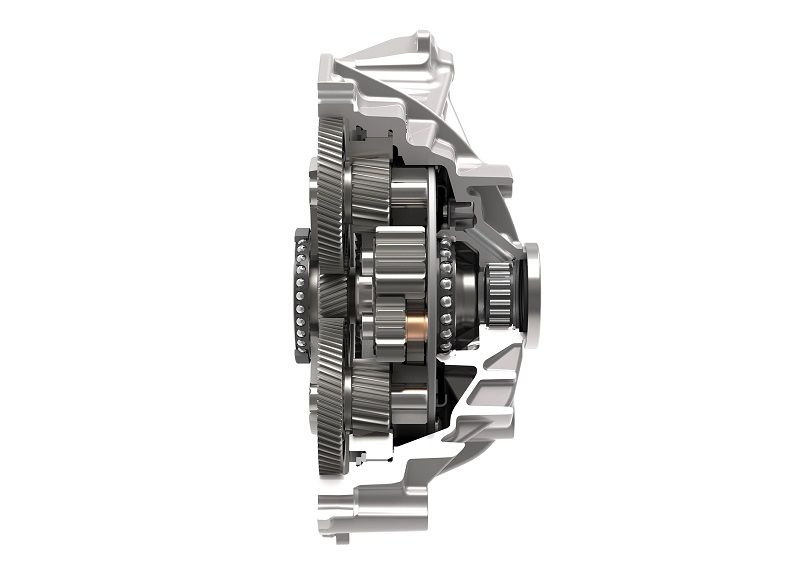The Electrification Initiative
How Schaeffler is Approaching Electric Motor and Power Electronics Technology Today
Next-generation technology—everything from the electrification of vehicles to e-motors, bearings, mechatronics, and thermal management—was recently discussed during the Schaeffler Symposium 2022 in Detroit.
Daniel Sayre, director of the eMotor and power electronic business, sat down to discuss the evolution of electric motors and power electronics at the event. Topics included new process innovations, green steel initiatives, magnet-free motor technology and advancements in power electronics.
 Schaeffler electric motors for hybrid modules, hybrid transmissions and all-electric axle drives.
Schaeffler electric motors for hybrid modules, hybrid transmissions and all-electric axle drives.
The Versatility of E-Drives
The global increase in electric vehicles provides a unique opportunity in the design and manufacture of components. Due to the variety of design topologies, a company like Schaeffler must provide a wide range of options in a flexible manner. They’re currently building a technology platform which defines and standardizes all relevant production steps for all types and sizes of motors. Large investments in these areas will eventually lead to an annual production capacity of four million electric motors by 2029.
Schaeffler can accomplish this flexibility thanks to the experience and ingenuity brought to the table by the company’s design, testing and industrialization teams.








 Power Transmission Engineering is THE magazine of mechanical components. PTE is written for engineers and maintenance pros who specify, purchase and use gears, gear drives, bearings, motors, couplings, clutches, lubrication, seals and all other types of mechanical power transmission and motion control components.
Power Transmission Engineering is THE magazine of mechanical components. PTE is written for engineers and maintenance pros who specify, purchase and use gears, gear drives, bearings, motors, couplings, clutches, lubrication, seals and all other types of mechanical power transmission and motion control components.